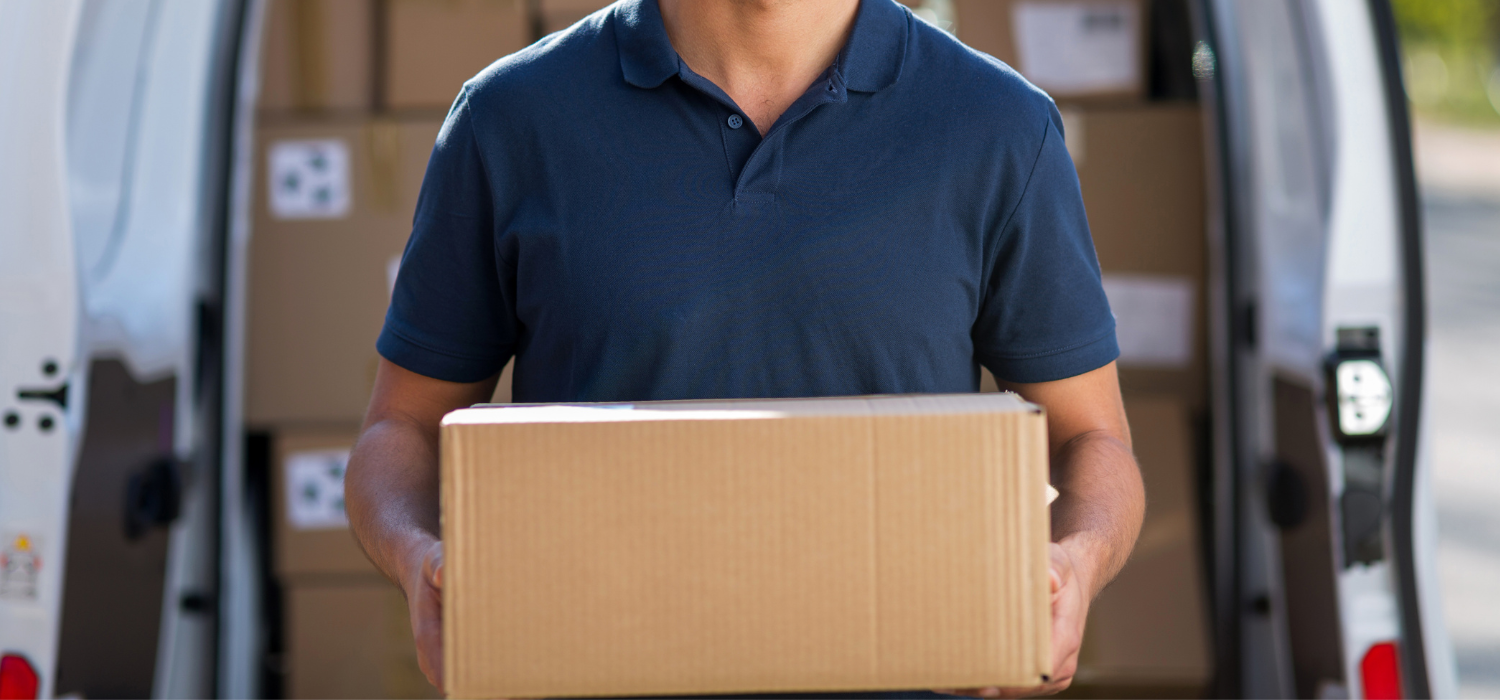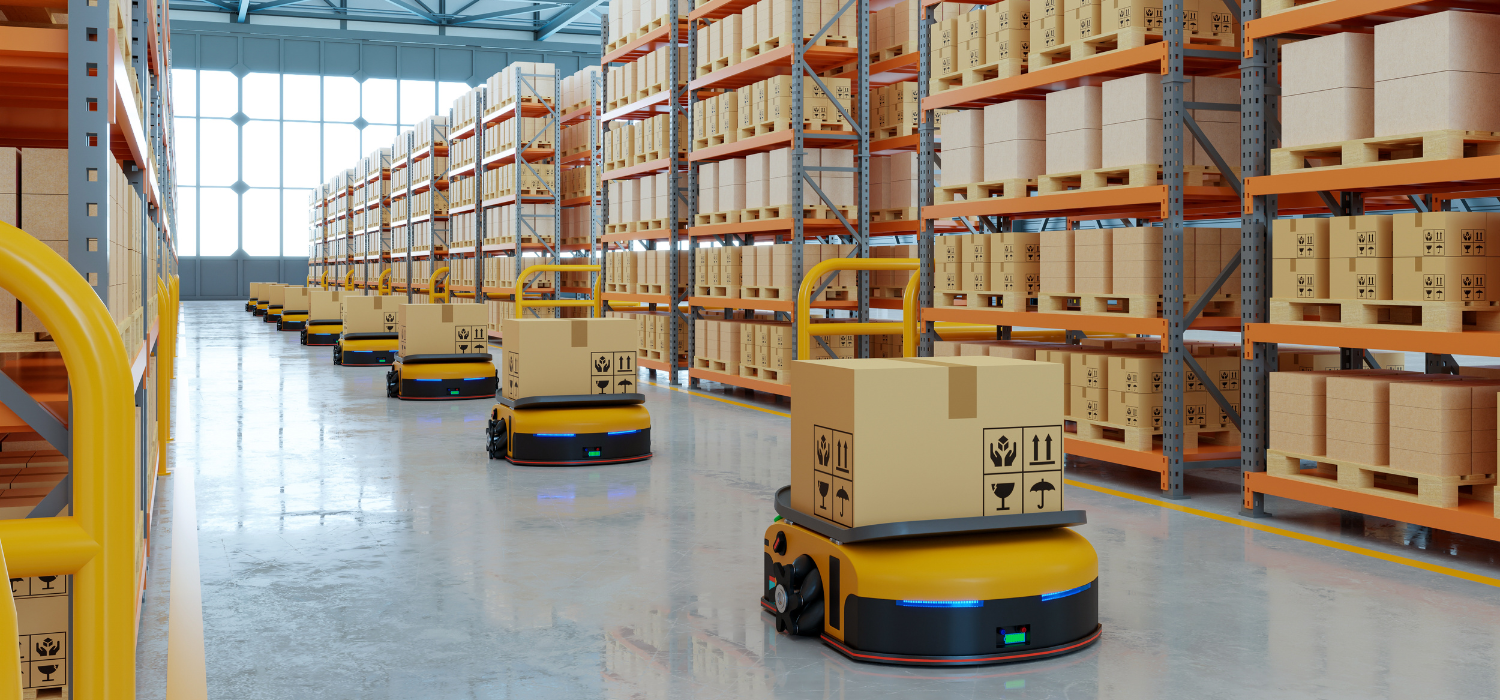From microfulfilment to home pick-up, last mile logistics is undergoing a structural transformation that is set to redefine the relationship between merchants, consumers and operators in the sector forever.
2025 is shaping up to be a turning point: on the one hand, technological acceleration and, on the other, rising consumer expectations and growing attention to environmental issues are imposing new standards and new organisational models.
This is not just the opinion of analysts, but also the numbers. According to ShippyPro’s “Omnibus Logistics 2025” report, the average delivery speed in Italy has fallen from 5.8 days in 2021 to 3.8 days in 2023. At the same time, microfulfilment centres will increase from the current 250 to over 5,600 by 2030, marking one of the most radical logistical transformations of recent decades.
In this article, we analyse the five main trends shaping the future of last-mile logistics.
Five trends that are revolutionising the last mile delivery
1. Microfulfilment: the key to same-day deliveries
Delivery time has become one of the most critical indicators in customer experience. The data confirms a clear trend: in two years, the average number of days required to complete a shipment has decreased by 35%.
Driving this change are microfulfilment centres, agile logistics facilities distributed across the territory, designed to minimise the distance between product and consumer. Closer to urban areas, more integrated with eCommerce channels, faster in fulfilment times. But this emerging network alone is not enough: to ensure real efficiency, it must be connected to intelligent last-mile distribution. This is where the Out of Home model comes into play.
2. Out of Home delivery: not an option, but a necessity
Out-of-home collection – at lockers and PUDOs such as newsagents, tobacconists and convenience stores – is no longer an alternative to home delivery, but has become an operating standard, a concrete response to the economic, environmental and logistical challenges of the last mile.
But the real key is not just quantitative. The value of OOH is also measured in terms of its impact on the user experience and the overall sustainability of the system.
According to the International Post Corporation, 81% of customers say they are satisfied when the collection point is less than 100 metres from their home. This percentage drops dramatically to 43% if the distance exceeds 1 km. This means that proximity is the real measure of perceived efficiency. And here, Italy still lags far behind. Despite a network of over 60,000 active PUDOs, our country has fewer than 10 points per 10,000 inhabitants, well below the European average of between 12 and 17. Lockers, in particular, are struggling to take off, with a still marginal presence compared to established models in Poland, France and the United Kingdom.
The situation is therefore paradoxical: in absolute terms, Italy is among the top five countries in Europe, but remains fragile in terms of coverage, accessibility and interoperability. Networks are often proprietary, closed and poorly integrated. In this context, solutions such as those proposed by GEL Proximity, which aggregate over 300,000 collection points into a single interoperable platform, are a key enabler for transforming potential into operational reality.
Out-of-home collection is not just a matter of efficiency: it is a strategic lever for reducing costs, avoiding failed deliveries (which cost an average of £14 each) and cutting emissions by up to 82% compared to home delivery. It is a technological, environmental and cultural choice. And 2025 could mark a turning point for Italy too, provided that decisive action is taken on standards, interoperability, education and public policy.
3. Reverse logistics: the new frontier of value
Returns management is no longer just a cost item, but one of the key challenges in building a truly sustainable and efficient logistics model.
In Italy, according to data collected by ShippyPro, around 4 out of 10 orders are returned. This figure is in line with global trends, but calls for serious reflection on reverse logistics. Returns are no longer just a return of goods: they are an integral part of the customer journey, capable of influencing brand reputation and supply chain efficiency.
Among the most significant trends are paperless returns, which simplify operations for the customer and reduce errors: instead of the classic printed label, a QR code is all that is needed to start the procedure. A seemingly simple change, but one that can significantly reduce friction and costs.
Added to this is the growing use of Out Of Home points for returns: Lockers and PUDOs are thus becoming not only delivery nodes, but also strategic hubs for reverse logistics.
4. Data and visibility: the backbone of modern logistics
A supply chain that does not communicate is a supply chain that does not work. Shipment visibility, especially in the last mile, is now one of the most critical factors according to 61% of retailers. The problem is not only technical, but also cultural: many companies continue to manage their flows with non-integrated systems, often designed for a world that no longer exists.
Multi-carrier management platforms and advanced APIs are becoming the standard for those who want to manage the chaos of the last mile: from label generation to predictive inventory management, from dynamic carrier selection to automatic customer notification, every step must be connected, measurable and optimisable.
5. Sustainability: from the parcel to the planet
Sustainable logistics is no longer a niche market. According to the ShippyPro report, 63% of consumers say they avoid products with polluting packaging. And it’s not just a question of materials: 66% of CO2 emissions in urban areas could be avoided if all deliveries were made via lockers or PUDOs. Companies can no longer afford to ignore these figures.
In addition to eco-friendly packaging, practices such as packageless shipping, returns with recyclable packaging, and the adoption of electric fleets for the last mile are emerging. At the same time, offsetting emissions through certified projects is becoming a strategic lever not only to reduce environmental impact, but also to build a credible narrative for customers.
Innovate today so you don’t have to play catch-up tomorrow
Last-mile logistics is a rapidly evolving laboratory where technology, sustainability and user experience intertwine.
The scenario is now clear: those who invest in distributed networks, automation, OOH delivery and business intelligence tools will have a lasting competitive advantage, while those who approach logistics with yesterday’s tools will find themselves out of the market tomorrow. The time for transition is now. What are you waiting for?
GEL Proximity is the ideal technology partner to enable modern, sustainable and omnichannel logistics. Thanks to an integrated platform with over 300,000 collection and return points, GEL supports you in adopting flexible, efficient and environmentally friendly Out of Home models.












